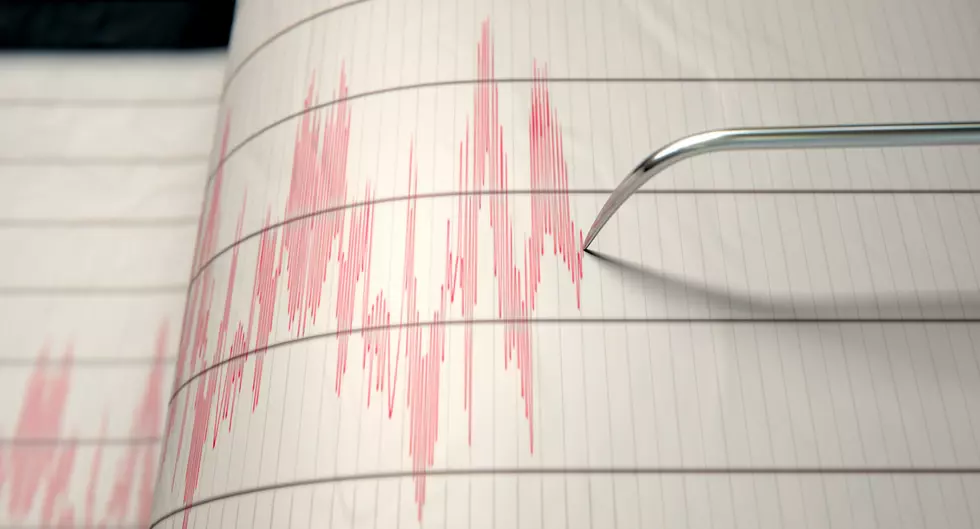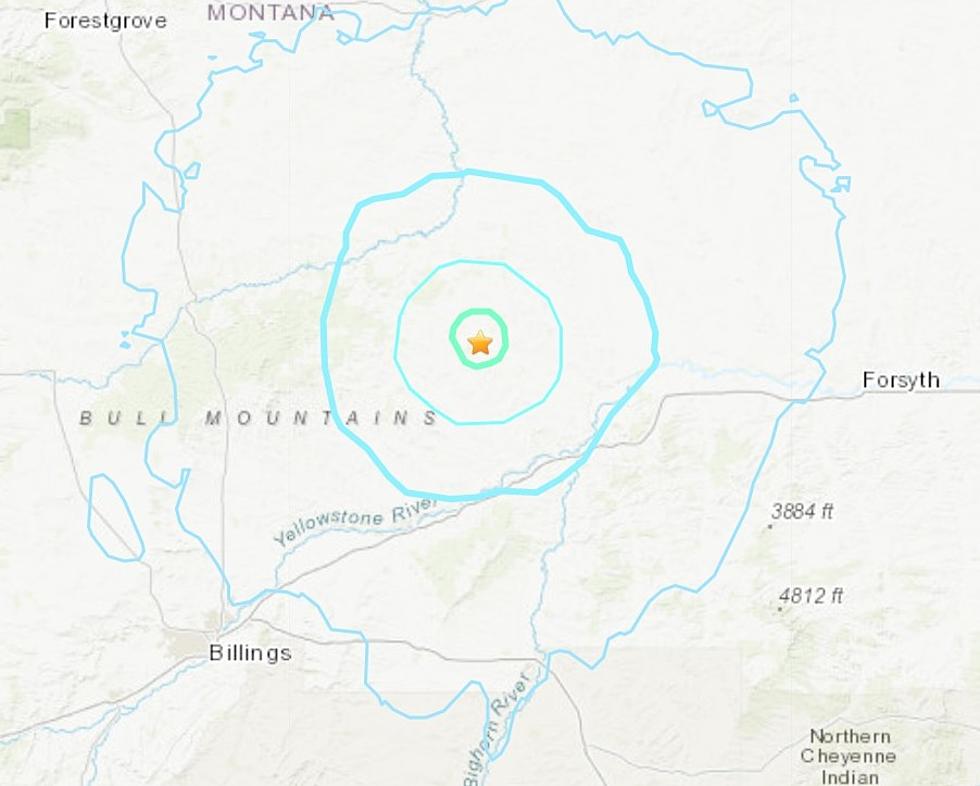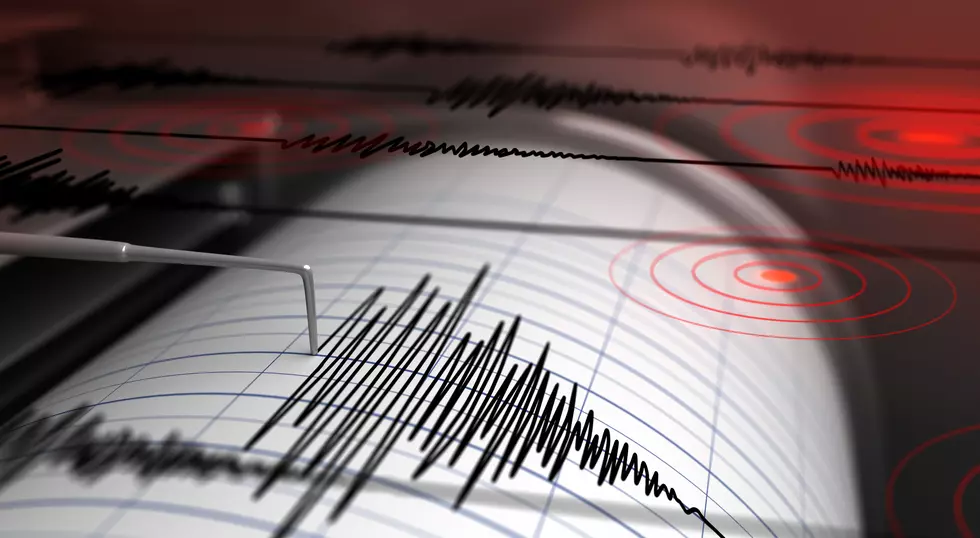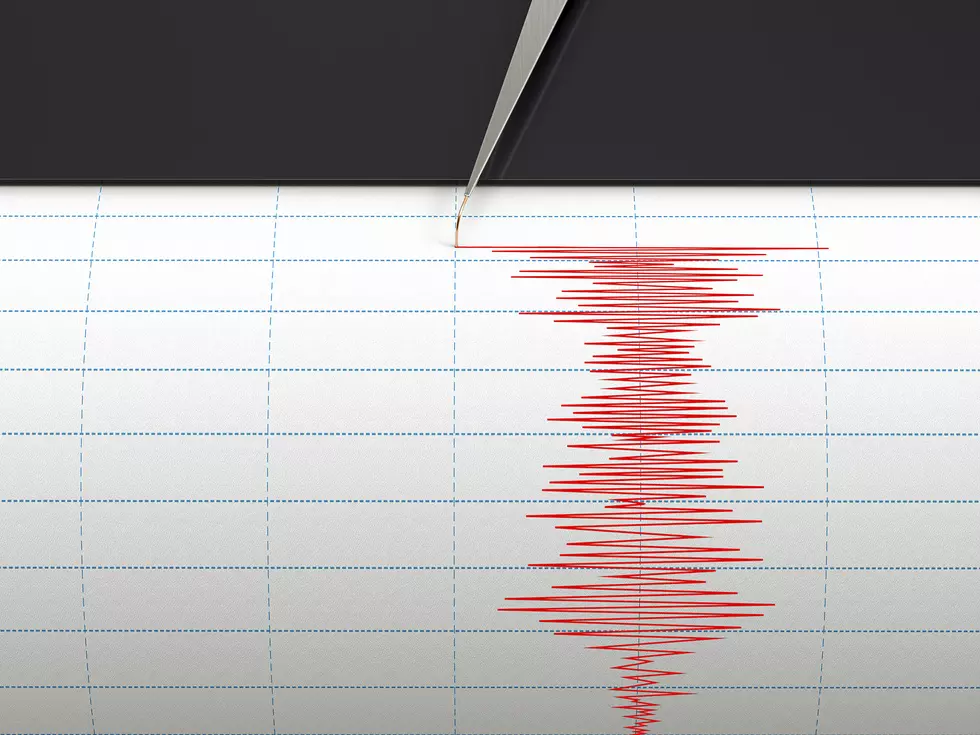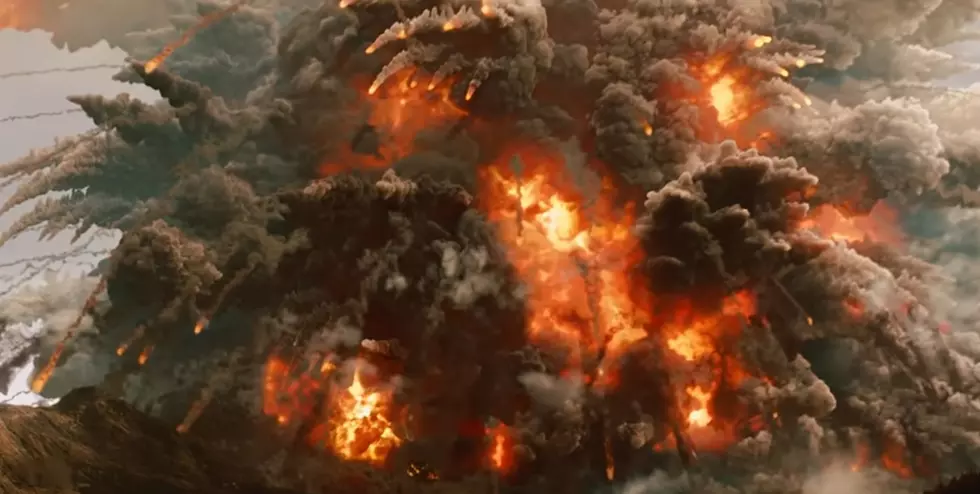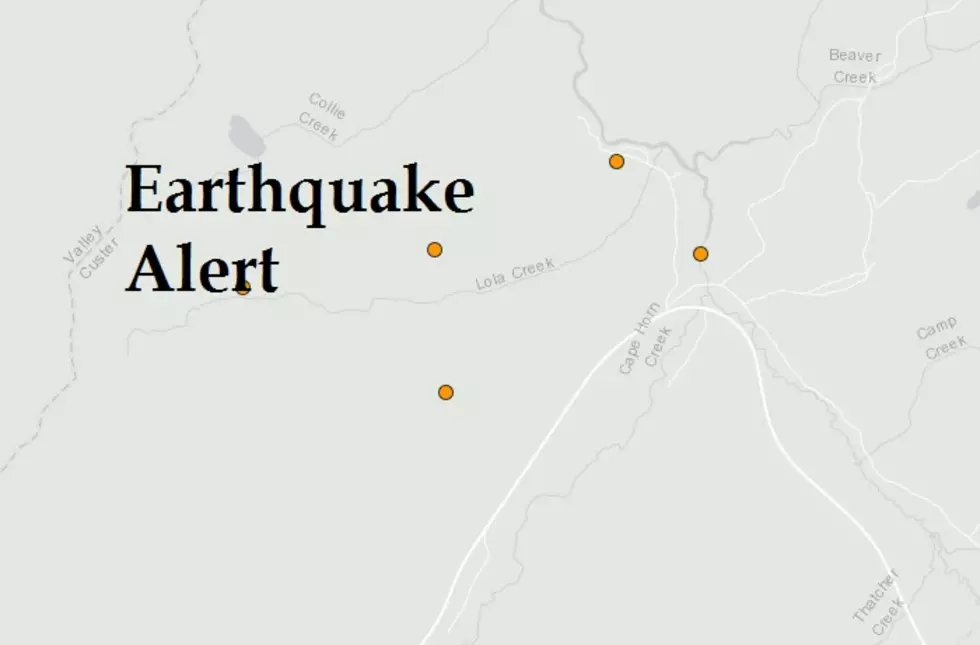
Japan’s Nuclear Scare
Japan's nuclear power plant in Fukushima is continuing to melt down and suffered its second explosion Monday. Workers are attempting to cool the cores of the nuclear plant with sea water to prevent more explosions. While radiation has been able to escape through the explosions the levels of radiation are not yet dangerous for the public.
Jon Hamilton - NPR
Monday's blast blew the roof off a structure built around the No. 3 reactor but did not harm the reactor itself or its so-called containment vessel, government officials said.
The containment vessel is a heavily reinforced barrier that surrounds the reactor's core and provides a another layer of protection against the release of radioactive material.
Because the containment structure remains intact, "we believe that the risk that large amounts of radioactive materials have been dispersed is low," said Yukio Edano, Japan's chief cabinet secretary.
The Unit No. 3 reactor is one of six reactors at the Fukushima Daichi plant about 150 miles north of Tokyo. A similar explosion occurred on Saturday at Unit No. 1, and apparently did release some radioactive material.
"We expect an increase in radiation levels similar to the one that followed the hydrogen explosion that occurred in the Unit 1 reactor," Edano said.
More From The Moose 94.7 FM
